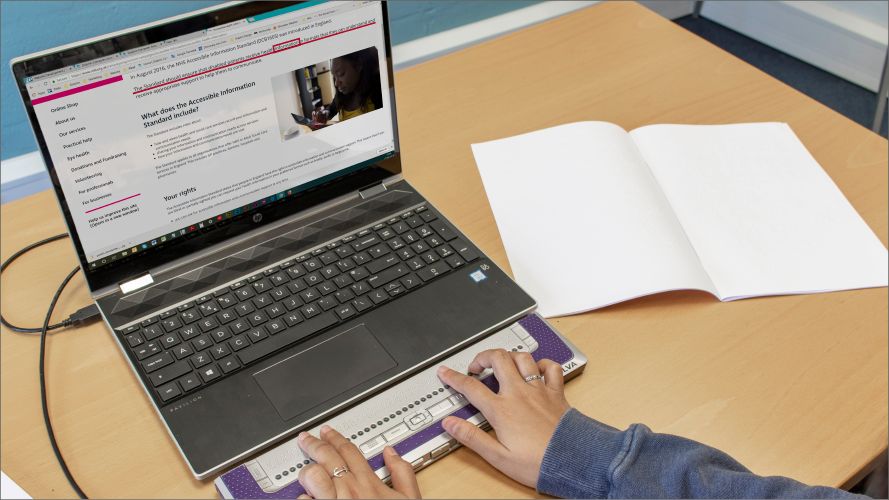
forms – screen-reader users that expect a form on a page can jump directly to them if they want,.headings – screen-reader users use headings for navigation quite often, we can compare it with sighted users scanning headings when searching for details on the page – it is almost the same pattern,.landmarks – a screen-reader user can jump directly to main landmark or navigation and other landmarks, as long as they are coded correctly (best with semantic HTML elements, or if not possible at least ARIA),.But we can find some common ground on how majority of desktop (!) screen-reader users navigate the web: So to predict how all SR users navigate the web is not an easy task. And there are also differences between screen-readers and also their users, obviously. So this is the first problem for a screen-reader user – how would they get to the non-interactive elements like images and texts then? It is worth mentioning that screen-reader users do tab through interactive elements, especially when they are in the form for example. If you have ever tried to tab through a webpage you may have noticed one very important thing – tabbing only works on interactive elements. Screen-reader users have multiple and more effective keyboard shortcuts A lot of people assumes that based on Web Content Accessibility Guideline (WCAG) success criteria that defines tabbing order for example. One of main surprises can be that SR users don’t tab through your website. This post will concentrate on screen-reader (SR) users way of navigation because it may surprise non-screen-reader users quite a lot. This short video explains a bit about assistive technology users, shows how screen readers work and demonstrates the use of a screen reader with both an inaccessible and an accessible PDF document.I organized an accessibility workshop for our front-end and full-stack developers, user interface and user experience designers and others involved in digital production. PDF files can be converted to accessible formats and alt text can be added to images to make them accessible.

The same is true of images and PDFs, which are inaccessible to screen readers because they only read text. However, digital tags can be added to the background HTML to tell a screen reader how and where to read and in what order. While screen readers can read simple, plain text with ease, it is more difficult to read information that is presented in columns, tables, or charts, since the screen reader can only read right to left, up and down, straight across a page, unless it is instructed to do otherwise. They are designed for people who experience visual or cognitive disabilities or who are otherwise unable to visually read digital material. Screen readers are a type of assistive technology that is able to read aloud text that is on a screen.


 0 kommentar(er)
0 kommentar(er)
